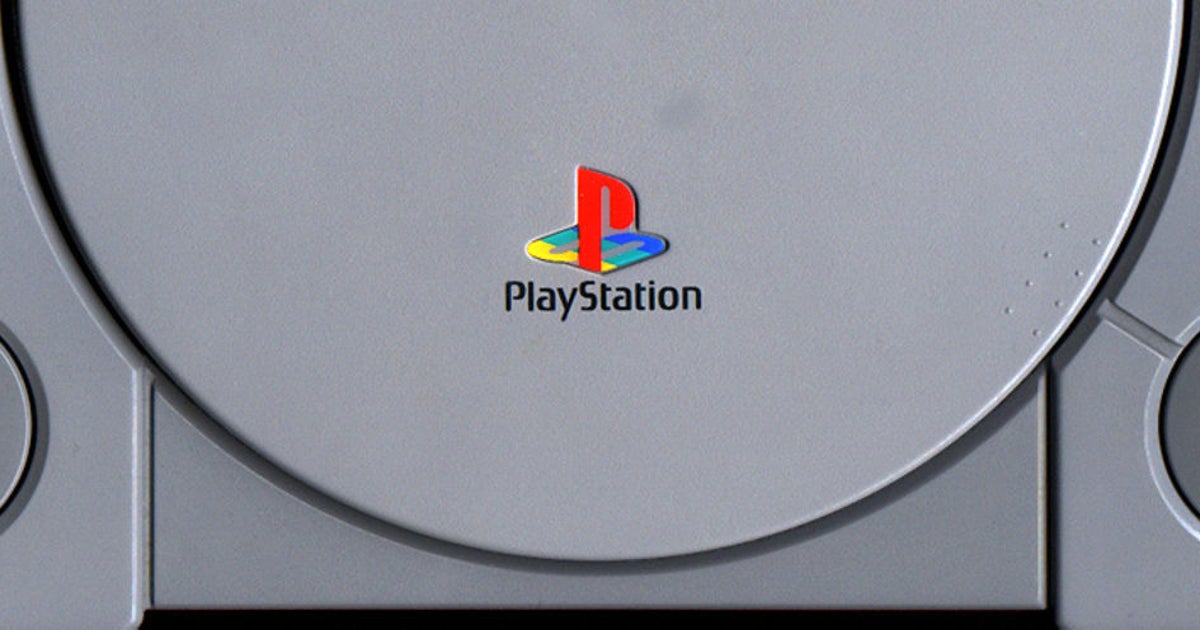KayJay
L15: Wise
SEGA schafft es, das alte Design war nicht von SEGA sondern von Paramount Pictures.hey, die schafften es nichtmal ein gutes Sonic-Design für den Film durchzudrücken.
Im folgenden Video siehst du, wie du consolewars als Web-App auf dem Startbildschirm deines Smartphones installieren kannst.

Hinweis: Diese Funktion erfordert derzeit den Zugriff auf consolewars über den integrierten Safari-Browser. Dies ist eine Einschränkung von Apple.
SEGA schafft es, das alte Design war nicht von SEGA sondern von Paramount Pictures.hey, die schafften es nichtmal ein gutes Sonic-Design für den Film durchzudrücken.
SEGA schafft es, das alte Design war nicht von SEGA sondern von Paramount Pictures.
SEGA konnte immerhin noch vor dem fertigen Release einschreiten im Gegensatz zu Nintendo bei den CD-i Zeldas.Die vergaben die Rechte und riskieren den Shitstorm und nachdem wurde zurückgerudert.

Sony wollte doch eh Big Player werden, das sagt schon der Vertrag den Nintendo deswegen hat platzen lassen....und Sony hat von Anfang an eine Playstation gebaut. Der Nintendo-Deal war offensichtlich der Versuch mit Nintendospielen gleich passende Zugpferde zu haben.Das waren glorreiche Gamingjahre. Beide Firmen schenkten sich absolut nichts, und jeder kämpfte hart. Sie würden sich wohl heute noch duellieren, wenn sie nicht beide den gleichen Fehler gemacht hätten, indem sie Sony abwiesen und somit einem neuen Big Player die Bühne überließen.
Die Fehde war ab dem Moment durch als SEGA Multi wurde.Sega könnte es schaffen. Auch heute noch, aber da müssten sie mit jemanden kooperieren. Nintendo wäre eine Option, aber der alten Fehde wegen würde das wohl niemals funktionieren.
SEGA hätte wohl den gleichen Krakenvertrag vor die Nase bekommen.
SEGA CD war außerdem eine komplette Eigenentwicklung in Kooperation mit JVC. Sony war nie im Boot, gab also nichts zum zurückweisen.

You may know that the Sony PlayStation began life as a proposed CD add-on for Nintendo's Super NES. Licensing disagreements between the two companies killed the project, with Nintendo choosing Philips to create a CD-based add-on that never made it to market. Before trying to make their own console, Sony apparently turned to Nintendo rival Sega. The story was last mentioned in an IGN retrospective about the rise and fall of Sega. In a recent interview about E3 1995, Sega of America's former CEO Tom Kalinske gave MCVfurther details about talks between the two companies, which ultimately fell through.
"Sony came to us after they had been rebuffed by Nintendo," Kalinske recalled. “They had wanted Nintendo to use some technology that they had, and Nintendo instead chose to work with Philips. That really annoyed Sony. Olaf Olafsson [Sony Electronic Publishing President] and Micky Schulhof [President of Sony America] came to my office and said, 'Tom, we really don’t like Nintendo. You don’t like Nintendo. We have this little studio down in Santa Monica [Imagesoft] working on video games, we don’t know what to do with it, we’d like Sega’s help in training our guys. And we think the optical disc will be the best format.'"
Kalinske agreed with Sony's executives and proposed a partnership to finance a small developer called Digital Pictures, who eventually created Night Trap, Sewer Shark, and Supreme Warrior for Sega-CD.
"Sega of America and Sony were both convinced that the next platform had to use optical discs. We had been working on this CD-ROM attachment to the Genesis, which we knew really wasn’t adequate, but it taught us how to make games on this format," said Kalinske. "We had the Sony guys and our engineers in the United States come up with specs for what this next optical-based hardware system would be. And with these specs, Olafsson, Schulhof and I went to Japan, and we met with Sony’s Ken Kutaragi. He said it was a great idea, and as we all lose money on hardware, let's jointly market a single system – the Sega/Sony hardware system – and whatever loss we make, we split that loss."
Kalinske took his proposal to Sega's Board of Directors, who promptly vetoed the idea.
"Next, we went to [Sega president] Nakayama and the Board at Sega, and they basically turned me down. They said, 'that’s a stupid idea, Sony doesn’t know how to make hardware. They don’t know how to make software either. Why would we want to do this?' That is what caused the division between Sega and Sony and caused Sony to become our competitor and launch its own hardware platform."
That was only the beginning of the schism between Kalinske and his superiors at Sega of Japan. Sony poached Sega senior executives, including Kalinske's second-in-command Steve Race, to develop the Sony PlayStation. Sega moved forward on its own with the Saturn and Kalinske didn't believe the system would succeed, but Sega of Japan was looking to spoiler Sony's efforts with the console's launch. Unfortunately, the Sega Saturn launched at $399, $100 higher than the price point Sony announced for the PlayStation at E3. Kalinske left Sega of America and the industry in 1996, and was replaced by ex-Sony executive Bernie Stolar, who had a hand in Sega's Dreamcast.
Who knows where we would've been today had such a system come to pass? In some alternate reality, we're all playing the Sega PlayStation 4.
